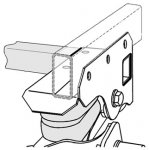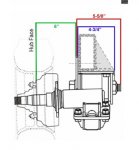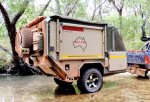Please don't take this a any kind of criticism because I have no experience in this area. I'm also wanting information as we are looking at off road teardrops. The Moby XTR and Adventure Trailers use what looks like a 2" heavy wall tubing. Why would they use that instead of C channel? When i ask this, I'm not saying they have anymore expertise than you since this is your trade. I'm just curious. I have also read about the condensation issue you mentioned. Is this just inherent to the design, or is there some other way of putting the trailer together to prevent this? Thanks for any info you can provide.








